- The average U.S. driver covers only 30-37 miles per day, while most modern EVs offer ranges exceeding 300 miles.
- The U.S. has over 192,000 public charging stations, with 1,000 new chargers added each week, making EV charging widely accessible.
- A Level 2 home charger adds about 25-30 miles of range per hour, fully charging EVs overnight.
ADVERTISEMENT
For all the hand-wringing about electric vehicle (EV) range, the reality is that most Americans do not drive nearly as much as they think they do. According to the Federal Highway Administration (FHWA), the average U.S. driver covers just 37 miles per day—a distance that even the most affordable EVs can handle multiple times over on a single charge.
Yet, concerns about range persist, fueled less by real-world needs and more by outdated perceptions and a steady drumbeat of skepticism from entrenched interests.
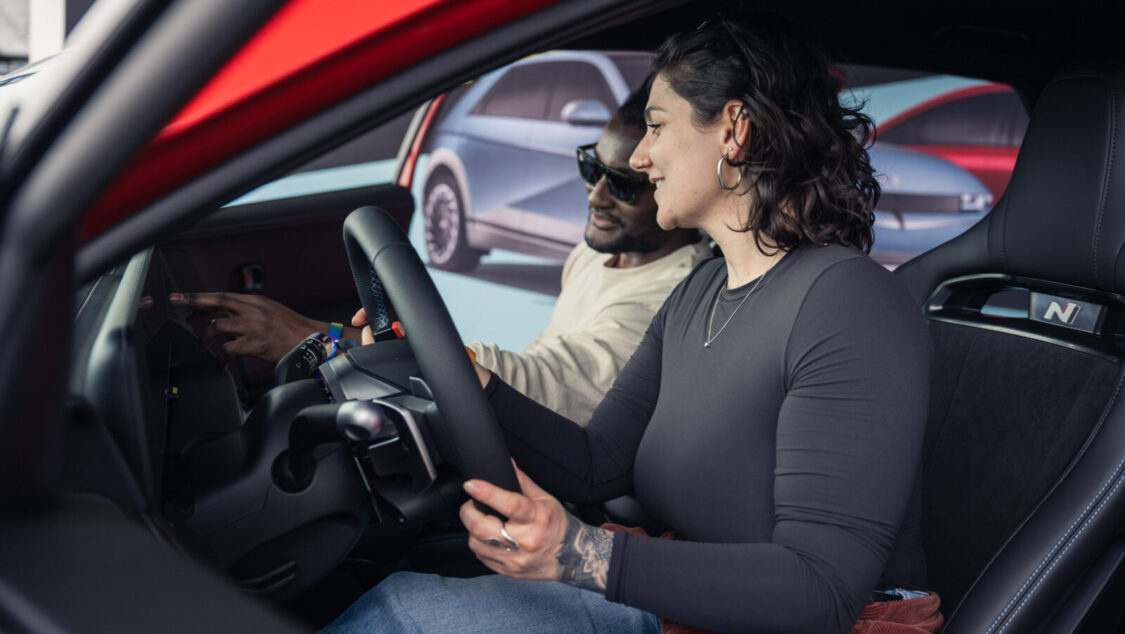
The idea that an EV’s range needs to match a gas tank’s 300-plus miles at all times ignores how people actually use their cars—primarily for commuting, errands, and local trips, all of which fall well within the capabilities of modern electric vehicles.
Still, the myth of “range anxiety” lingers, shaping public perception more than reality does. Gas-powered cars also run out of fuel, but no one obsesses over keeping them topped off at all times.
The difference? Familiarity. Gas stations are everywhere, while charging networks are still growing. However, with more charging stations appearing every day and the convenience of home charging, the gap between perception and reality is quickly closing.
ADVERTISEMENT
You’re Driving Less Than You Think
A common argument against EVs is that they do not offer the range of a traditional gas vehicle. But how often do you actually drive 300 miles in one go? Most people drive less than 40 miles per day, according to the AAA Foundation for Traffic Safety, which means even an EV with a 200-mile range can go almost a full week without needing a recharge.
The Lucid Air Dream can travel over 500 miles on a single charge. The Chevrolet Silverado EV and Mercedes EQS? Over 400 miles. The Tesla Model 3 Long Range AWD? 338 miles. There are many EVs with an average range of over 300 miles. These all dwarf the average daily commute and yet, range anxiety remains a talking point.
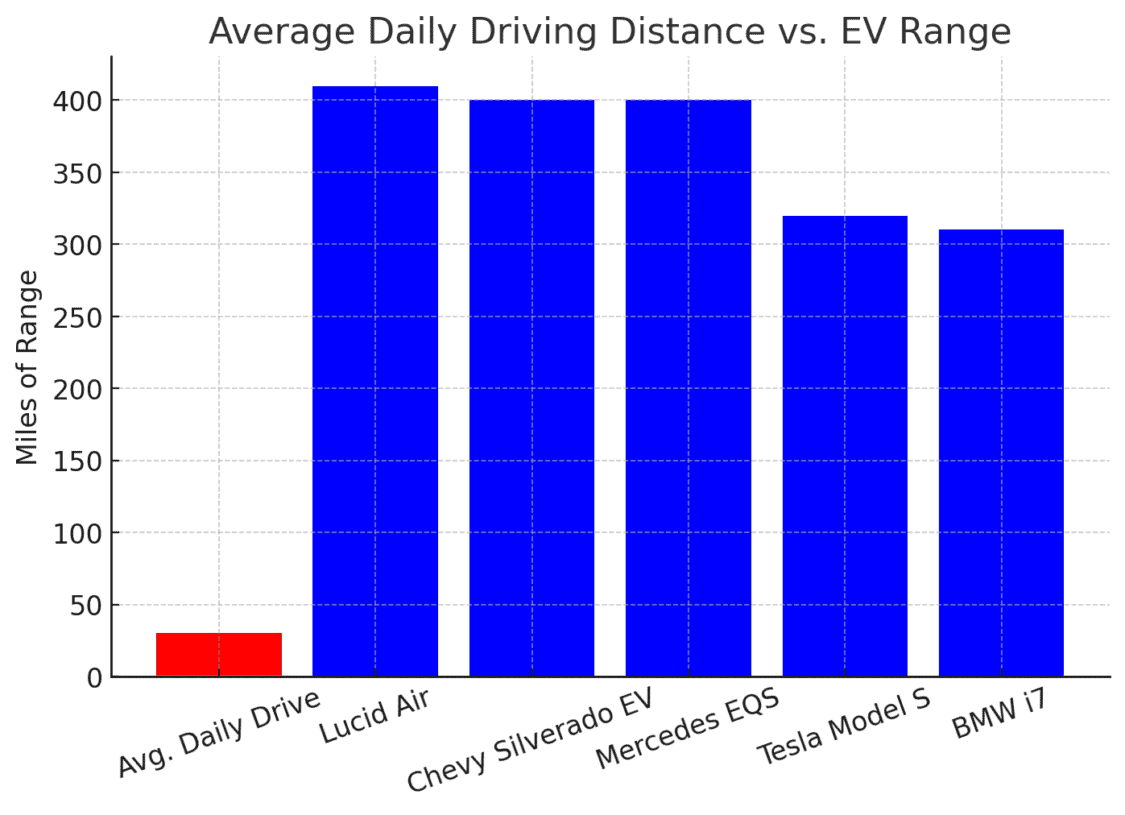
Charging Is Easier Than You Think
The real issue isn’t range. It’s letting go of outdated assumptions. Charging infrastructure is growing at a rapid pace. According to the U.S. Department of Transportation, public charging stations are popping up everywhere, and most EV owners do 80% of their charging at home.
Wake up every morning with a “full tank” (full charge). No trips to the gas station, no wasted time standing by the pump. Just plug in with your home charger at night and go.
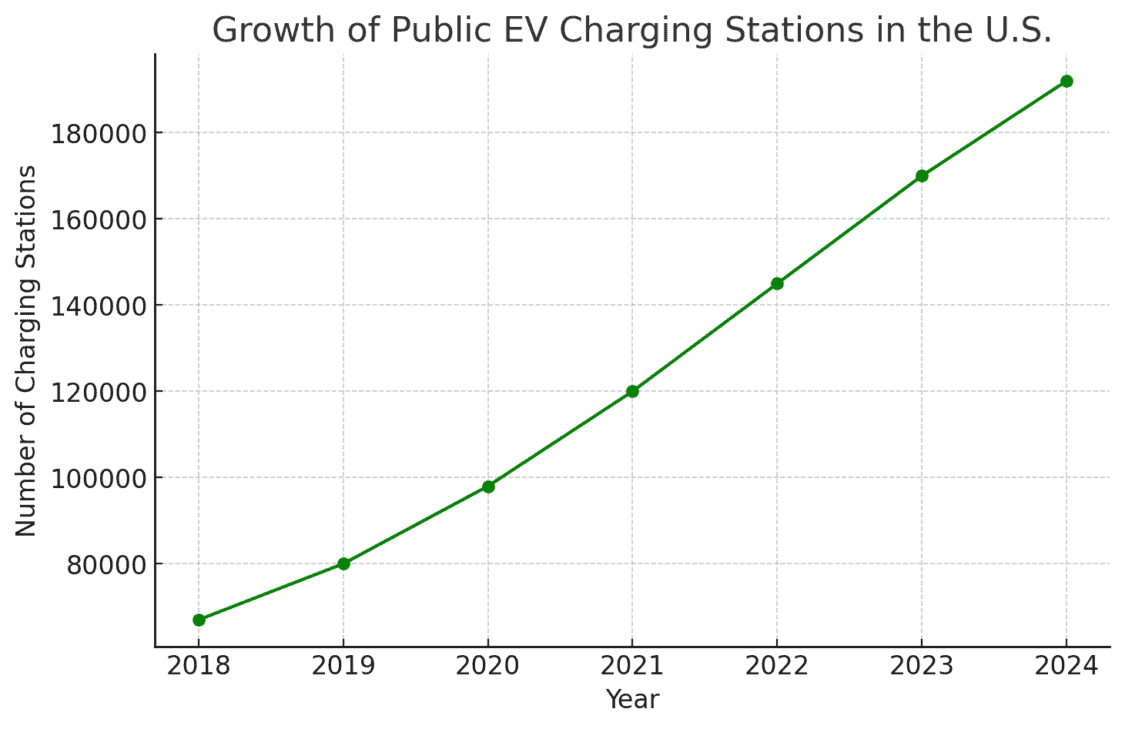
Even if you rely on public charging, the situation is improving fast. As of January 2025, there are over 89,000 charging stations and 257,000 charging ports in the U.S. and Canada, according to the U.S. Department of Energy, with approximately 1,000 new public chargers being added each week.
Tesla Superchargers can add 200 miles of range in just 15 minutes. That’s enough time to grab a coffee, stretch your legs, and get back on the road.
ADVERTISEMENT
EVs Are More Convenient for Daily Use
Think about it—do you fill up your gas tank every single day? Probably not. You refuel when needed. The same applies to EVs, but with home charging, you’ll wake up to a “full tank” every day.
Plus, the cost savings are undeniable. Charging an EV at home typically costs $10–$15 for a full charge, significantly less than filling up a gas tank. Over time, this adds up to thousands in savings.
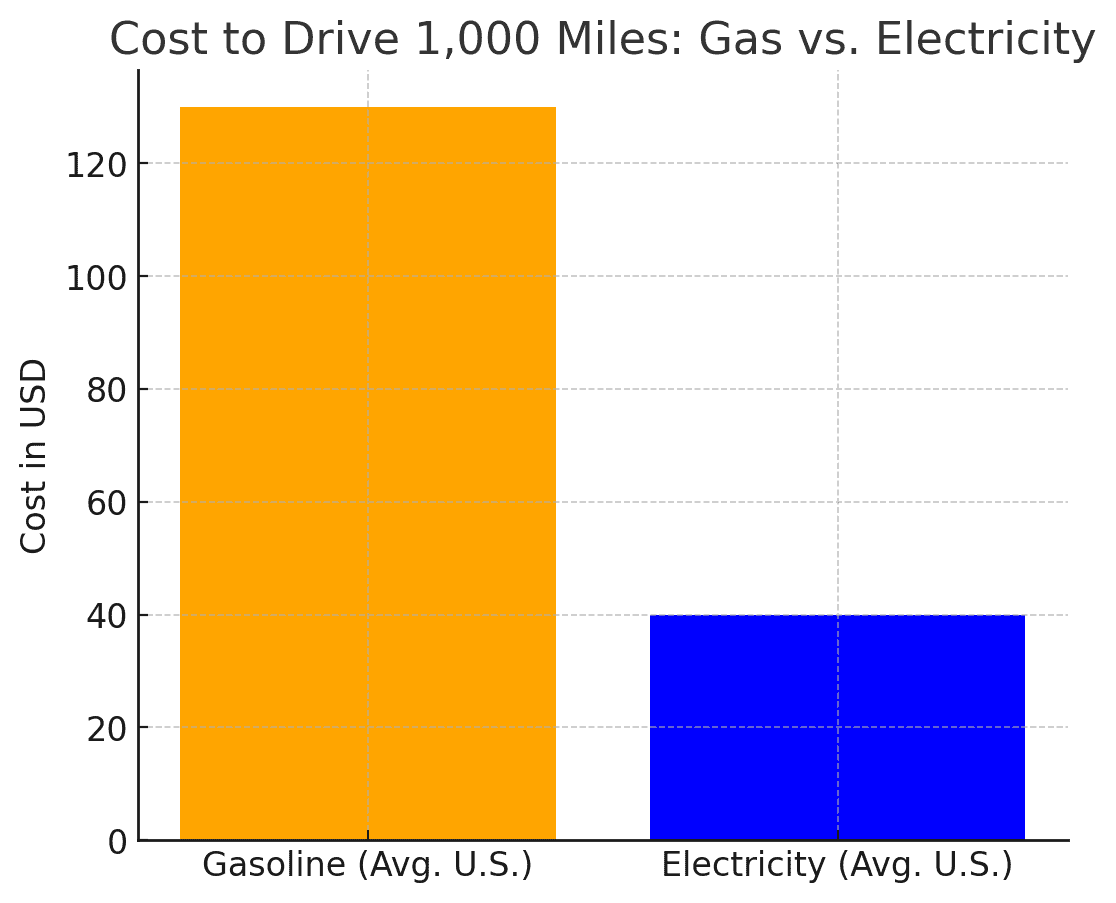
The Bottom Line: Ditch the Range Anxiety
The fixation on extreme-use cases, like cross-country road trips, ignores the millions of drivers who could switch to an EV today with no disruption to their daily routine. The real issue is not EV range—it’s misconceptions.
The data is clear: Americans are not driving nearly as far as they think, and EVs are more than capable of handling their daily needs. So, next time you hear someone say, “EVs don’t have enough range,” remind them: 37 miles. That’s it.
ADVERTISEMENT

SOURCES | IMAGES: U.S. DEPARTMENT OF TRANSPORTATION, U.S. DEPARTMENT OF ENERGY, RECURRENT, CHARGELAB, AAA FOUNDATION FOR TRAFFIC SAFETY | ELECTRIFY EXPO
FTC: We use income-earning auto affiliate links. Learn more.


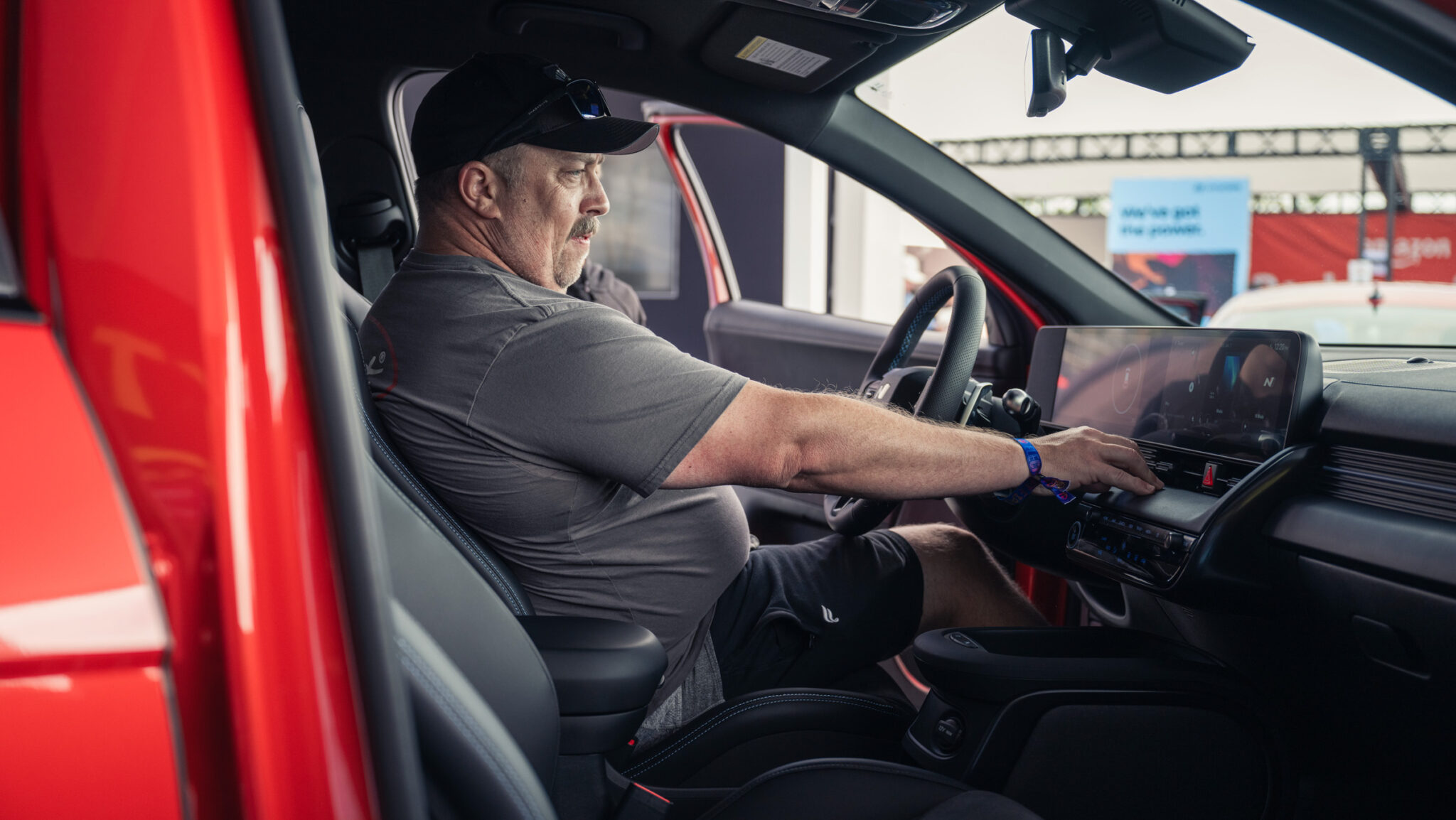
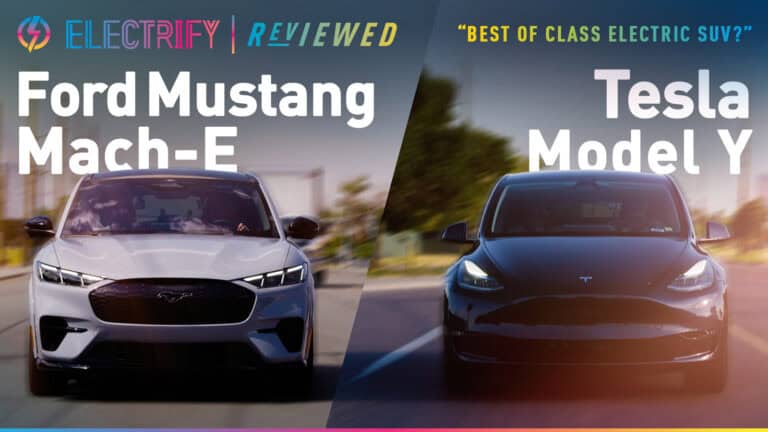


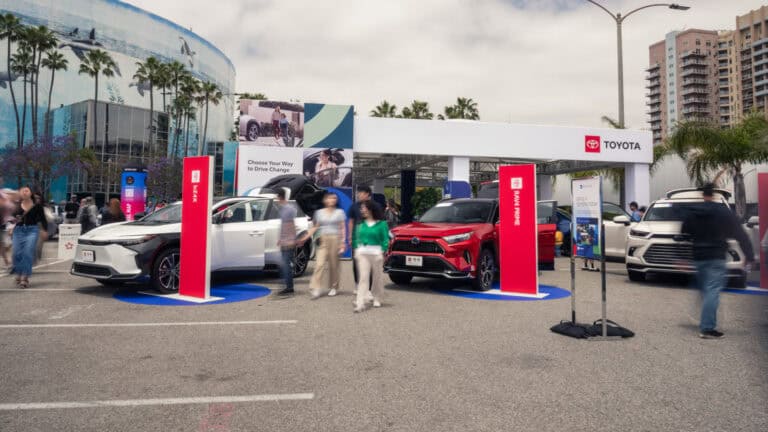
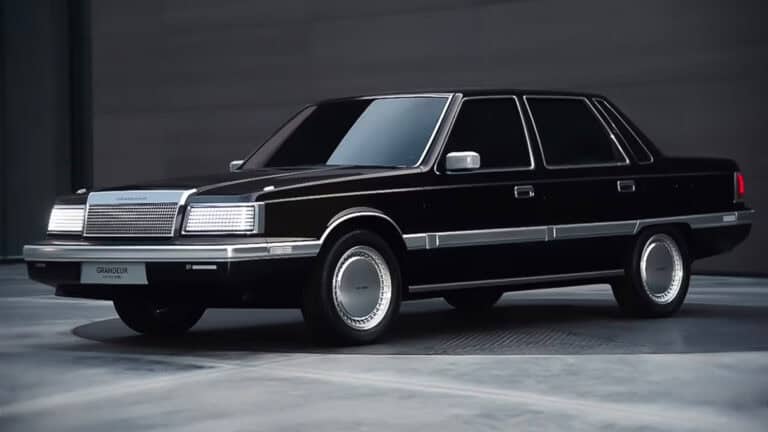
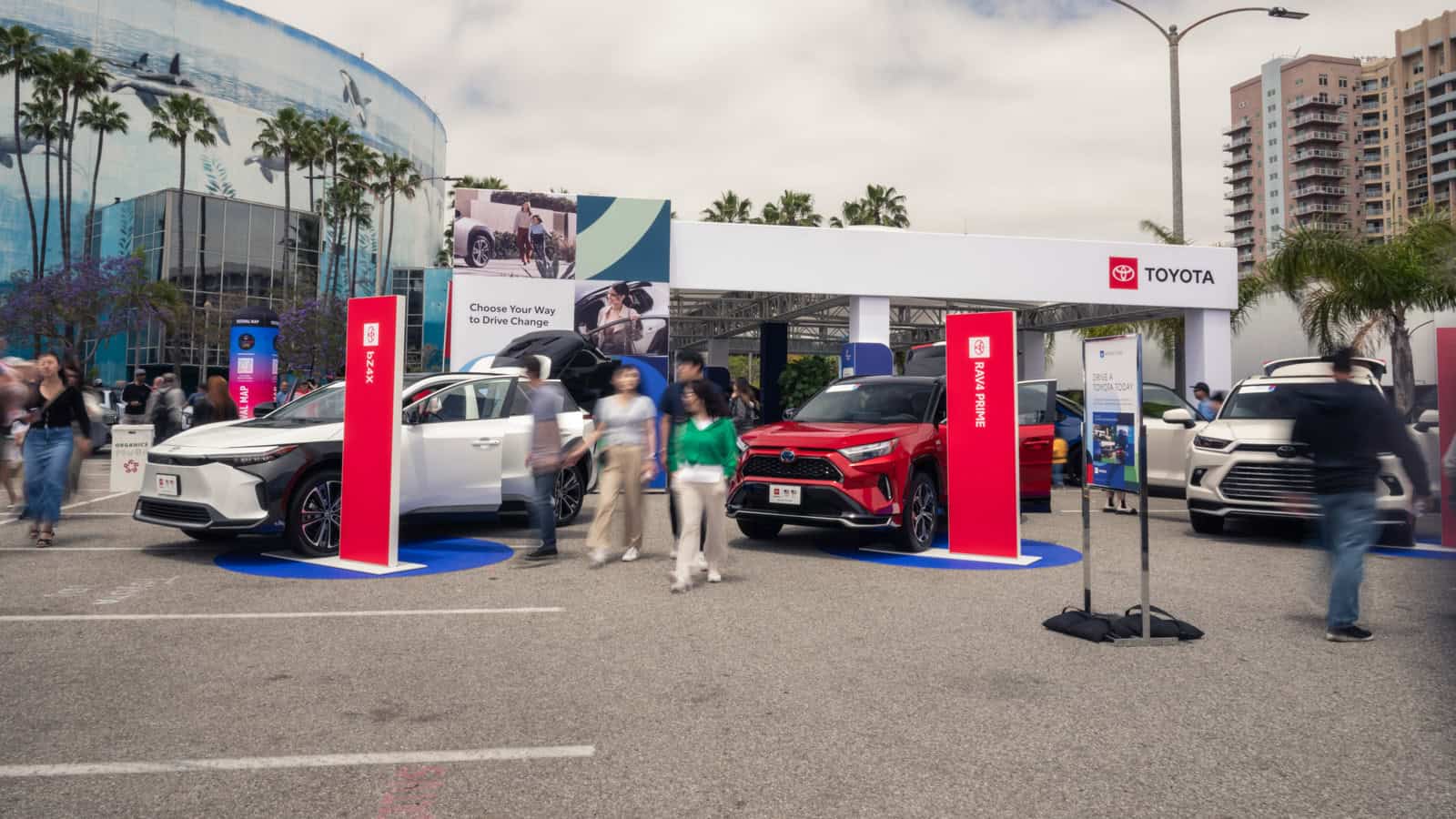
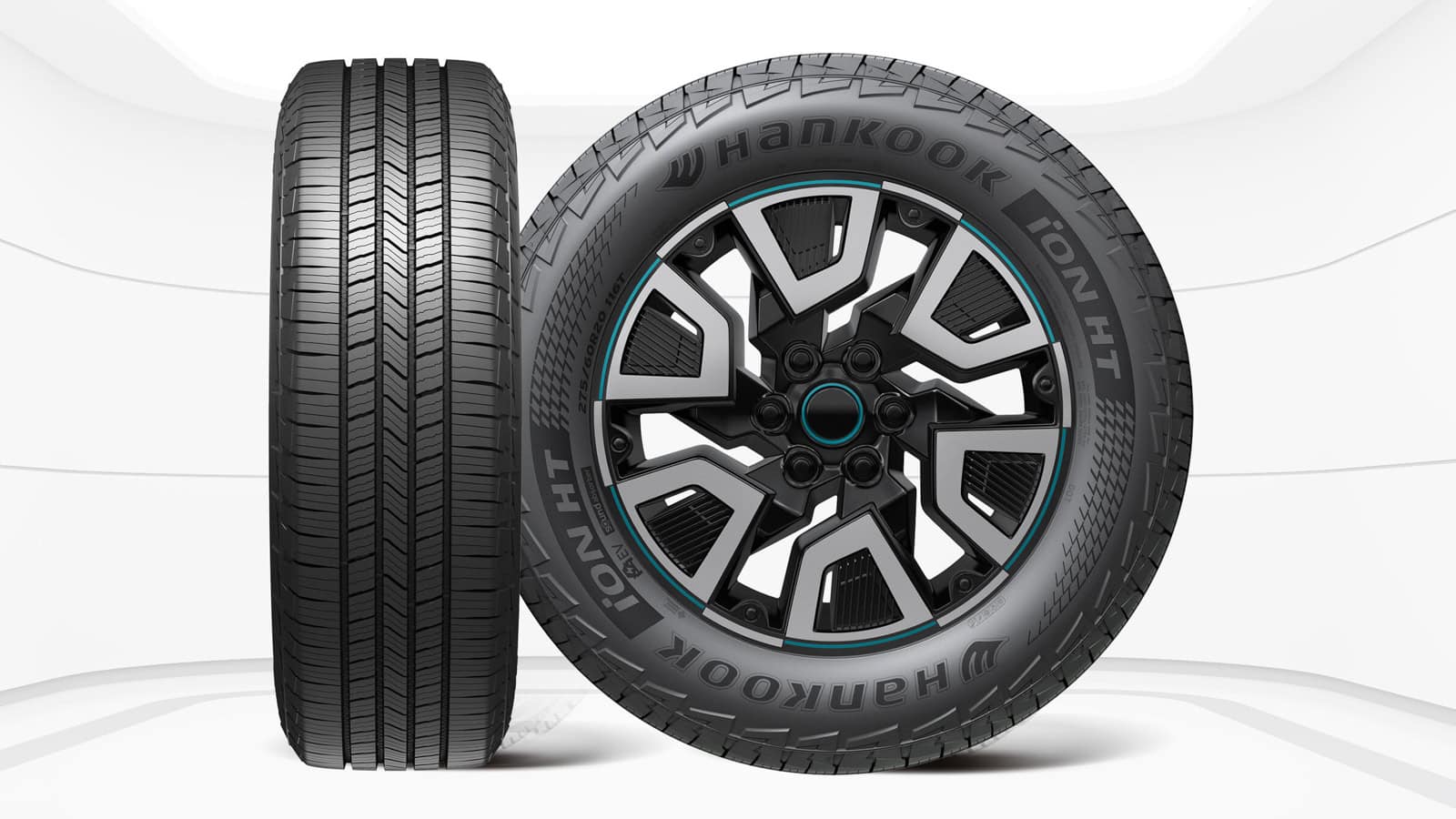

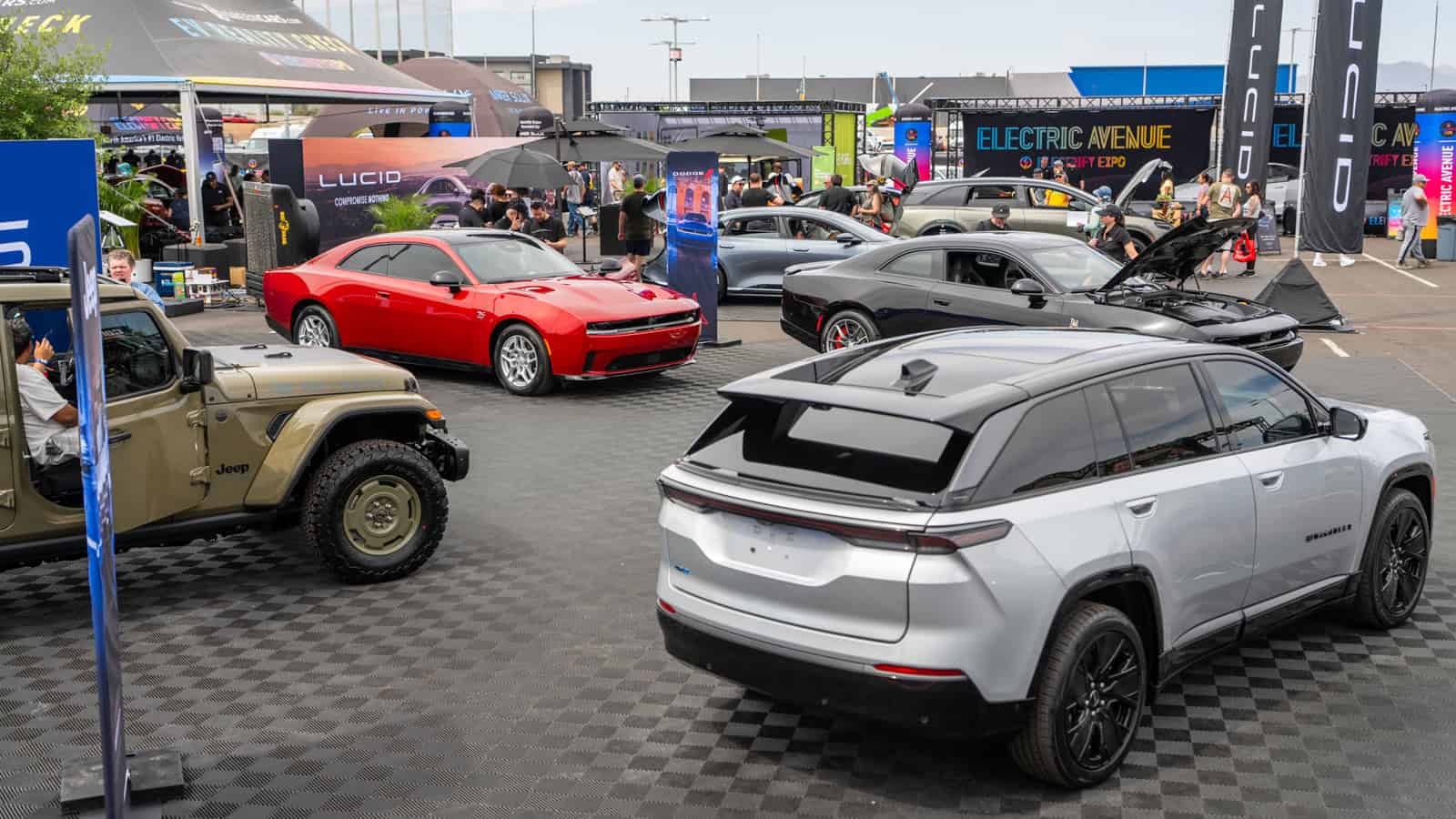
One Response